| #70 | Jungletac Vii (2007) |
|||||
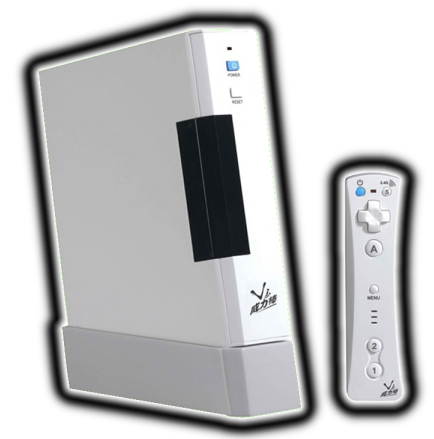 |
||||||
This console, as can be clearly seen just by looking at it was a shameless chinese knock-off of the then hugely popular Nintendo Wii. Basically, imagine the motion controls of the Wii but in a much cruder and more limited fashion, paired with Super Nintendo-like graphics and you've got a pretty good idea of what this thing was like. Very, very limited by the standards of 2007, in fact really it was limited by the standards of nineteen ninety seven! The console did take cartridges, and I believe three different ones existed, all were compilations. They contained remarkably unique games like "Squirrel Bobble" and starred unique and original characters like "totally not a knockoff of Tiki from the Newzealand Story" and "totally not that guy from Man Overboard!" The system also has these creepy, crudely drawn rabbit doodles as its mascots. You know what? I hate to say it but I kinda' like this console! Its so bad its good! |
||||||
| ------------------------------------------------------------------------------------------------------------ | ||||||
| #69 | Zeebo (2009) |
|||||
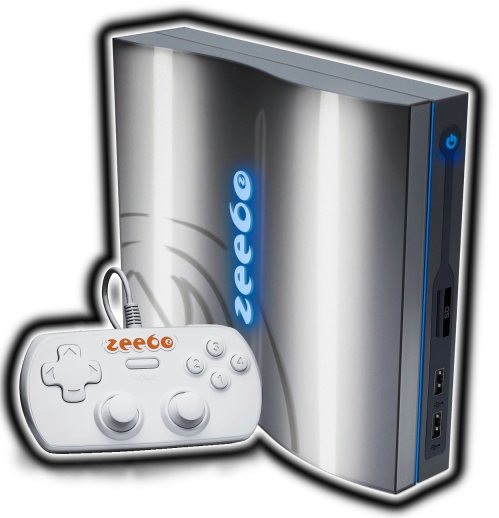 |
||||||
This one was an interesting budget console made by Qualcomm in conjunction with Tectoy, who are a Brazilian company that had had an unprecedented level of success bringing Sega's consoles to Brazil. The system was based on mobile phone tech running a customised version of BREW and was designed with developing countries in mind where the people couldn't afford the latest gadgets. None of the games were physical, all were digital download only, and most looked only marginally better than PS1 games (reportedly at a time when the PS2 could be bought in Brazil on the black market at a similar price range). In fact the system actually had a bunch of PS1-era games on it, like Ridge Racer, Tekken 2, and the Quake games as it managed to get some major 3rd party companies supporting it. Even more surprising though is that the Zeebo got versions of Need For Speed Carbon and even Resident Evil 4! On top of these elements the console also copied some things from the Wii. There was a motion controller and an avatar system similar to Mii's, which were called Zeebo's here! Its a somewhat interesting console due to its experimentation with digital download media, and a few odd obscure exclusives (including a remake of Double Dragon) but not a very good one due to its poor value for money and aging tech, even within the developing world in which it was designed for. |
||||||
| ------------------------------------------------------------------------------------------------------------ | ||||||
| #68 | Cadaco Buzztime (2005) |
|||||
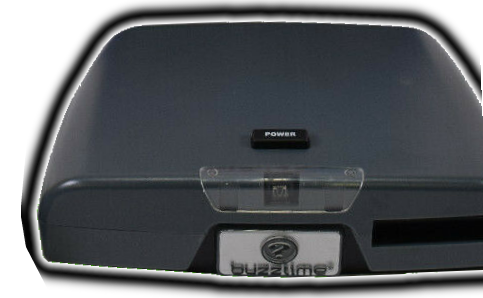 |
||||||
This one was a dedicated trivia console where up to 8 players could compete. Each player had a wireless TV gameshow-like buzzer controller and all of the different games you could buy separately had different trivia topics for them. Not the worst idea for a console, I guess they were aiming for it to be a sort of party console for upper-middle class wine aficionados to play at their dinner parties or something. Unfortunately though for Buzztime it was made completely irrelevant by the subsequent release of Buzz on the PS2, a game which came with its own buzzer peripheral that provided largely the same experience. Actually the makers of Buzztime attempted to sue Sony, claiming they'd stolen their idea, but they were unsuccessful. To be fair its not completely outside the realms of possibility that the idea for Buzz came from this console but its not really a unique enough idea to lay claim to regardless. |
||||||
| ------------------------------------------------------------------------------------------------------------ | ||||||
| #67 | Game Wave (2005) |
|||||
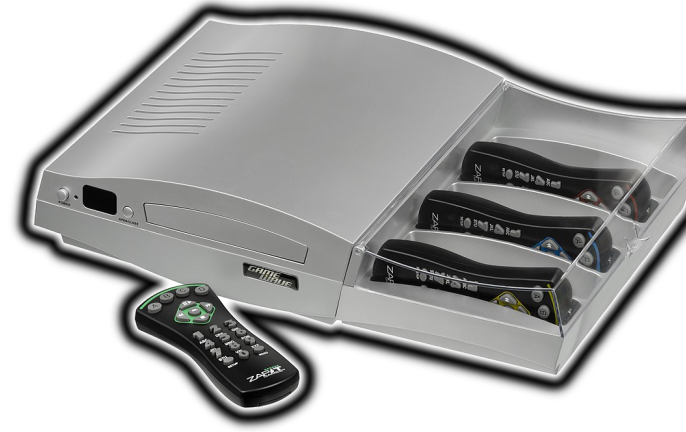 |
||||||
This Canadian console was kind of similar to the Buzztime but was more of a DVD multimedia console. It was a little bit more upmarket and also had a handful of conventional games on top of the trivia titles, Bejeweled knock-offs and the like. One of the more famous titles was a party game called VeggieTales: Veg-Out! Family Tournament which from what I gather was based on an.. er.. apparently popular American franchise where cartoon vegetables and fruits tell Christian stories to children or something? Weird. It was a fairly inexpensive console but had few games and didn't last long. On the upside though It also happens to have one of the most hilariously cheesy infomercial's out there, where a group of actors awkwardly pretend to be a family playing through some of the games! I recommend checking it out! |
||||||
| ------------------------------------------------------------------------------------------------------------ | ||||||
| #66 | EVO Smart Console (2006) |
|||||
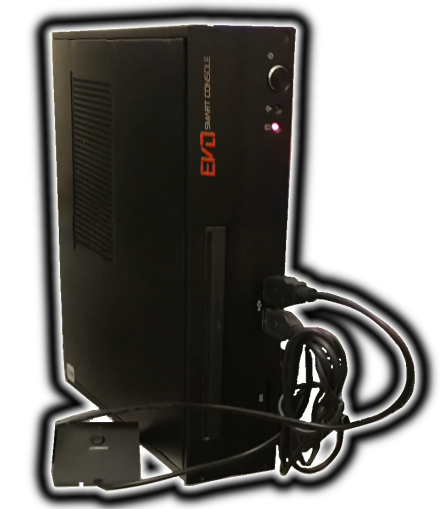 |
||||||
This console was literally just a PC in a console shell running Linux Fedora, and may well have been some kind of investment scam. The company that made it had a history of announcing consoles which ended up becoming vapourware, this one however did seem to have a very limited production run as there are maybe a few hundred out there (so its possibly the rarest console on the list). A lot of the software was crude, simple download titles, but it reportedly could also run applications like the WINE emulator to decently play 5 year old PC games at the time. A difficult system to rate as its basically just an old PC in a fancy shell so its not without software, no personality though, and not an interesting or memorable "console" to play. |
||||||
| ---------------------------------------------------------------------------------------------------------------------- | ||||||
| ---------------------------------------------------------------------------------------------------------------------- | ||||||
| #65 | VM Labs Nuon (2000) |
|||||
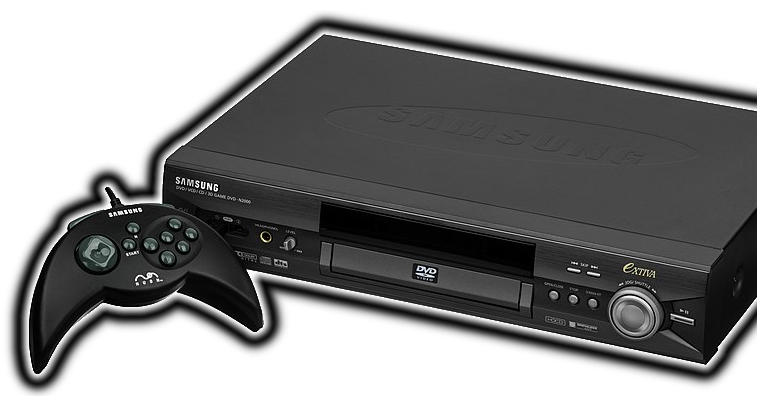 |
||||||
This was a gaming format where the hardware was licensed out to different tech manufacturers to be put in their DVD players to give them game playing functionality. The system was sort of following on from the CD-i template from a decade earlier, with a dream of creating an all in one entertainment system for the home. They actually had some success getting big companies on board as well, with major companies like Samsung and Toshiba backing it. On top of being a spiritual successor to the CD-i, it was also related to the Atari Jaguar (I mean, with a pedigree like that how could it fail!!). Many of the same people worked on it and there were sequels to some of the more popular Jaguar games too, Iron Soldier and Tempest. Not such a bad idea all in all and apparently it made for a pretty good DVD player with many enhanced functions (though some issues had to be fixed with a software update). Unfortunately for Nuon the software support was even worse than the Jaguar though, and Sony managed to end up beating them to the punch and launched the PS2 first with its own DVD playing features. |
||||||
| ------------------------------------------------------------------------------------------------------------ | ||||||
| #64 | Apple Pippin (1995) |
|||||
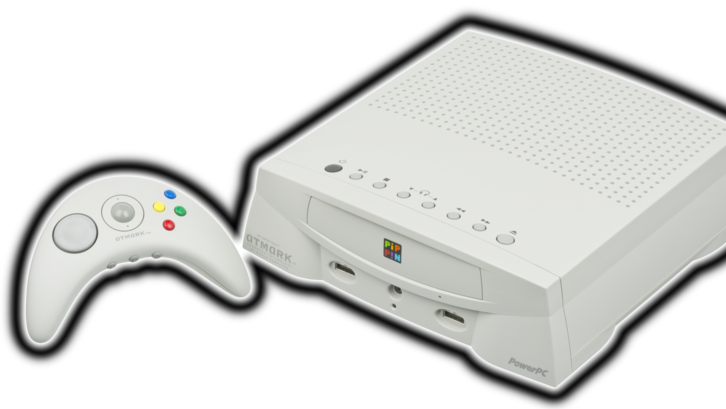 |
||||||
Yep your eyes do not deceive you, Apple made their own gaming console once (and it wasn't much good). The Pippin was a mid 90s console that went up against the N64 and PS1 that was made by Apple in conjunction with Bandai, it was based on Apple's Macintosh line of computers. The machine does actually have some interesting aspects, for instance it was the first to come with an inbuilt modem as standard, predating the Dreamcast by a couple of years (though truth be told the browsing speed was quite slow even for the time), and the joypads also included a little trackball on them that worked as a sort of mouse substitute and made browsing the internet a much smoother experience. Unfortunately however that's pretty much where the good points end. The system was arriving pretty late to the market and unlike the N64, which had also been quite late, the Pippin was very expensive. On top of being pricey, whilst not weak hardware for the time per se its strengths were not really that targeted to gaming either. Lastly, Software support for the machine was also abysmal with there being pretty much nothing of note on there apart from Marathon, an FPS series ported from PC that was made by Bungie, who would go on to make the Halo series. |
||||||
| ------------------------------------------------------------------------------------------------------------ | ||||||
| #63 | Commodore CDTV (1991) |
|||||
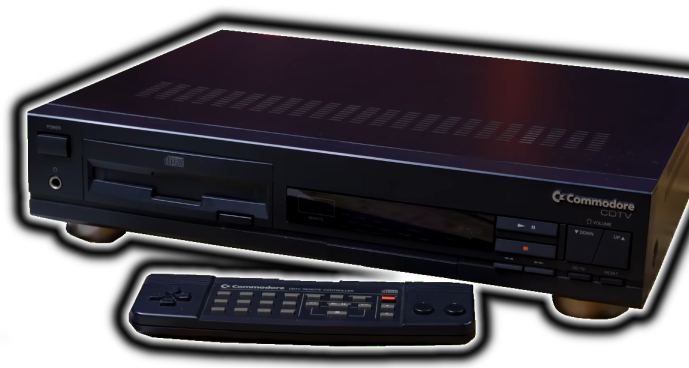 |
||||||
Another failed console from Commodore, this one a consolised version of their excellent Amiga 500 computer but now with an added CD-ROM drive included. Optional peripherals could also be purchased to essentially turn it into the aforementioned computer, giving it access to the 500s huge library of games. The system was promoted as an all-in-one multi-multimedia center, pitting it against Philip's failed CD-i system, and similarly to that machine it also had an extortionately high price. The console stands up better than the previous C64GS but the price here is just too damn high for what it had to offer, and much like the C64GS it was pretty much completely redundant anyway, you could just pick up an Amiga 500 for 1/3rd of the price! |
||||||
| ------------------------------------------------------------------------------------------------------------ | ||||||
| #62 | Philips CD-i (1990) |
|||||
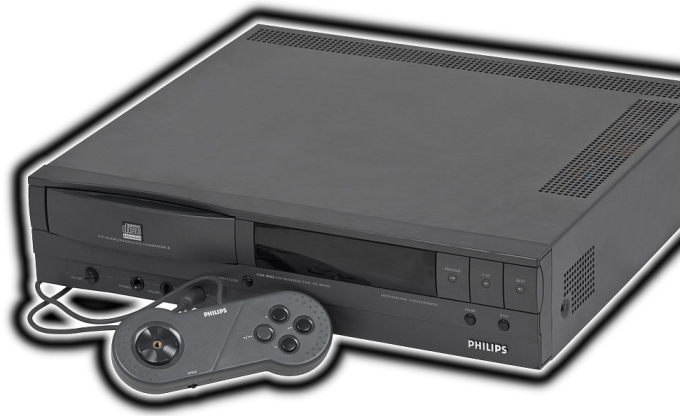 |
||||||
The CD-i was a notorious multimedia player released by Philips that kind of ended up competing against 16-bit consoles like the SNES and Mega Drive and then carried on through the early 32-bit era. Philips had played a major part, with Sony, in standardising optical media formats during the 1980s, with music CD, CD-ROM's, and re-writable CD's being some really important results of their work. In the mid 80s Philips also decided to start work on the CD-i, a home entertainment console that would be able to play a variety of different CD formats including games, music and movies. Unfortunately their machine went through a bunch of delays, it was supposed to be released in 1988 but ended up not being released until the early 90s, by which point NEC had already beaten them to the punch with their release of the PC-Engine CD in 1989 (known as the Turbografx CD outside of Japan). There were numerous other problems with the system though, the hardware was expensive, buggy, and underpowered, and the tech to play movies was not quite ready yet at launch either and as such ended up becoming an optional add-on for the console that you had to buy separately, at least until later models arrived with it included. And actually that Video CD add-on, called the "Digital Video Cartridge" was required for some of the games to function too! Talking about the games the situation is dire to say the least. Philips decided early on that games would be of lower priority for the CD-i and didn't put a lot of effort into this area, only to find that gaming would be one of the main draws for this type of hardware! The library size is... adequate, but the quality of the games is quite low. There was the odd half-interesting title released on it but really nothing all that special, mostly just ports from the Mega Drive and SNES, and often they ran worse too! Out of the exclusives the most well known are the infamous officially licensed Zelda games which came about due to an earlier deal with Nintendo where Philips had agreed to make a CD add-on for the SNES that ended up falling through, leaving Philips with the ability to make their own Nintendo licensed games, an advantage which they proceeded to squander. A lot of defense of this machine that you see around is focused around its multimedia aspects, "comparing this to a console is missing the point" say its defenders. But really in reality, given the lack of out-of-the-box Video-CD support at launch this system's really no better as a "multimedia console" than the PS1, Saturn, and 3DO were anyway! Heck an un-upgraded CD-i barely even has more functionality than the earlier Turbografx-CD, but at many times the price. So this argument is really just one of marketing demographics, not functionality. Perhaps it wasn't supposed to primarily play games, but the consoles weren't primarily supposed to be multimedia players, and they ended up being comparable to the CD-i in that respect anyway. |
||||||
| ------------------------------------------------------------------------------------------------------------ | ||||||
| #61 | FM Towns Marty (1993) |
|||||
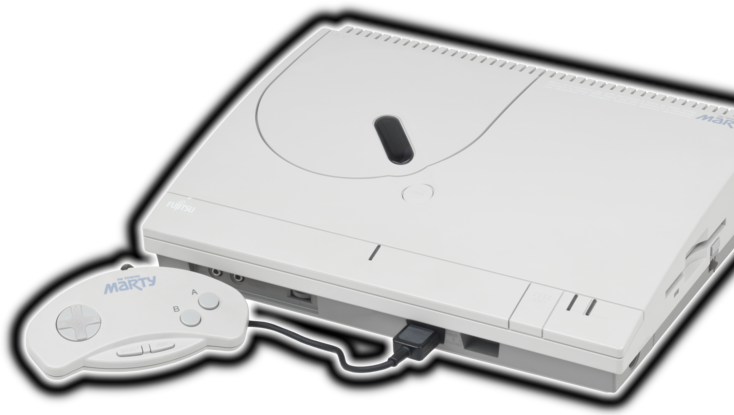 |
||||||
This was a console made by Fujitsu which is effectively just a consolised version of their FM Towns computers. These were expensive, high end machines sold mostly in Japan that had become somewhat famous among hardcore gamers worldwide for their superior ports of many arcade games. The Marty though wasn't released until 1993 and was based on the earlier models of FM Towns machines, which were fast becoming superceded by newer, superior configurations by this stage. Out of all these consolised computers, the Marty is one of the biggest pains as its compatibility with the much better supported computer line is very problematic. Many games will run slow, will crash, or will just not boot up at all. Be very wary of any info you see about this console online, often times videos and such will claim to be showing the Marty versions of games but in fact will just be running on emulators set up with the specifications of the superior FM Towns computers. All in all it still did play some nice ports of some classic arcade games, but for 1993 it was just too little too late, people were starting to hear about the PS1 and Saturn by this stage. If anyone's interested in the FM Towns, I'd advise them to just buy one of the computers and avoid this console, it was frankly a bit of a mess and was shamefully overpriced too. |
||||||
| ------------------------------------------------------------------------------------------------------------ | ||||||